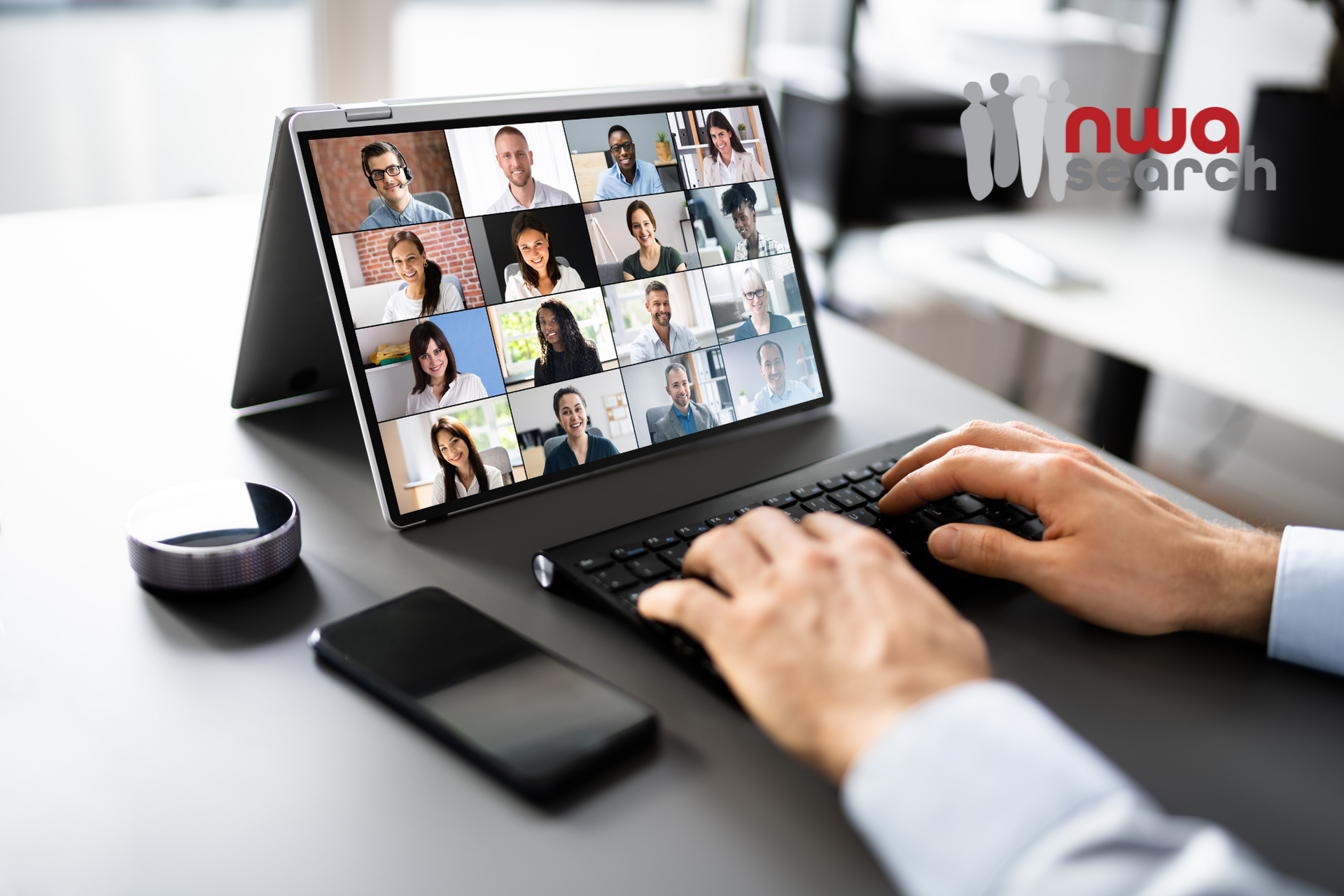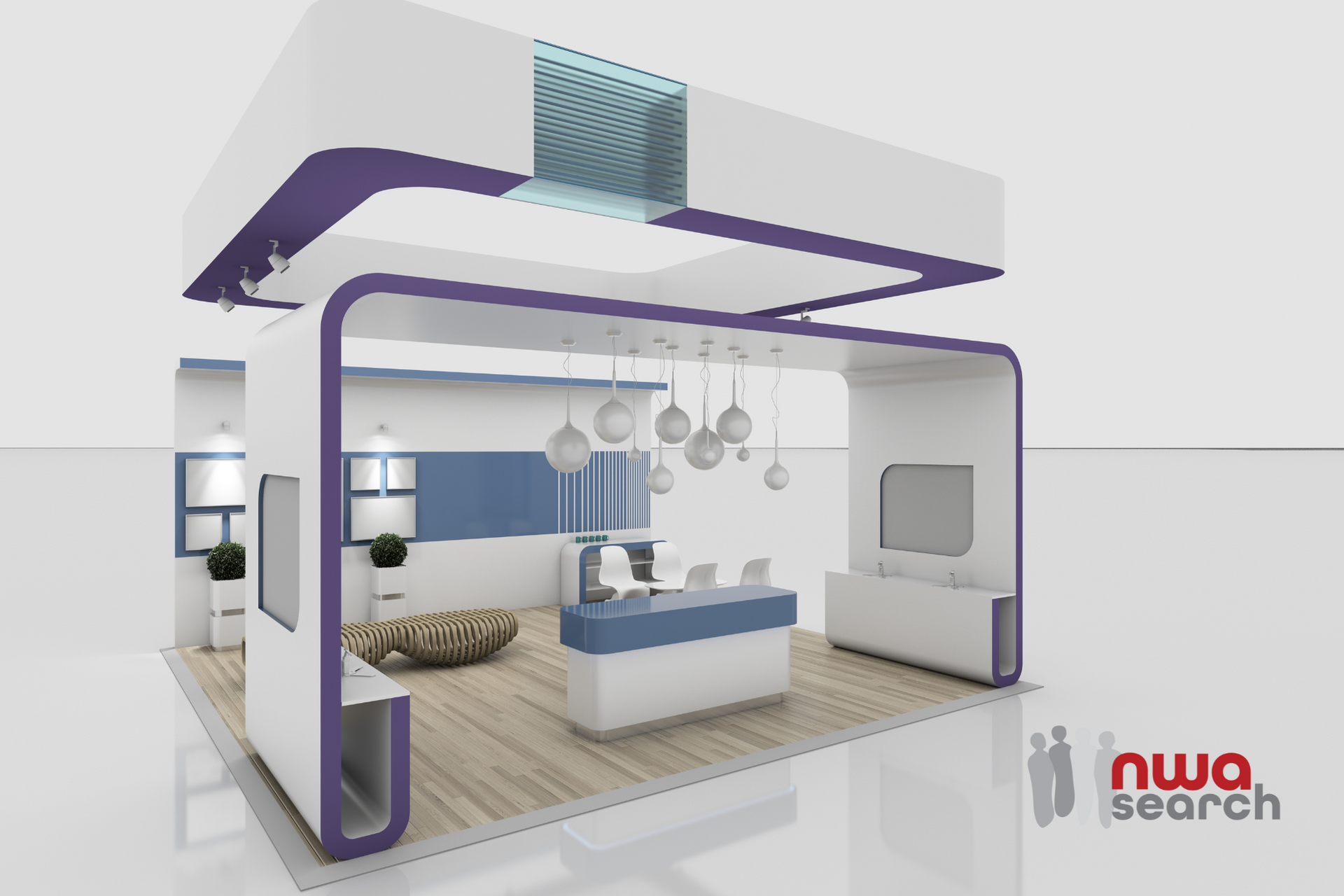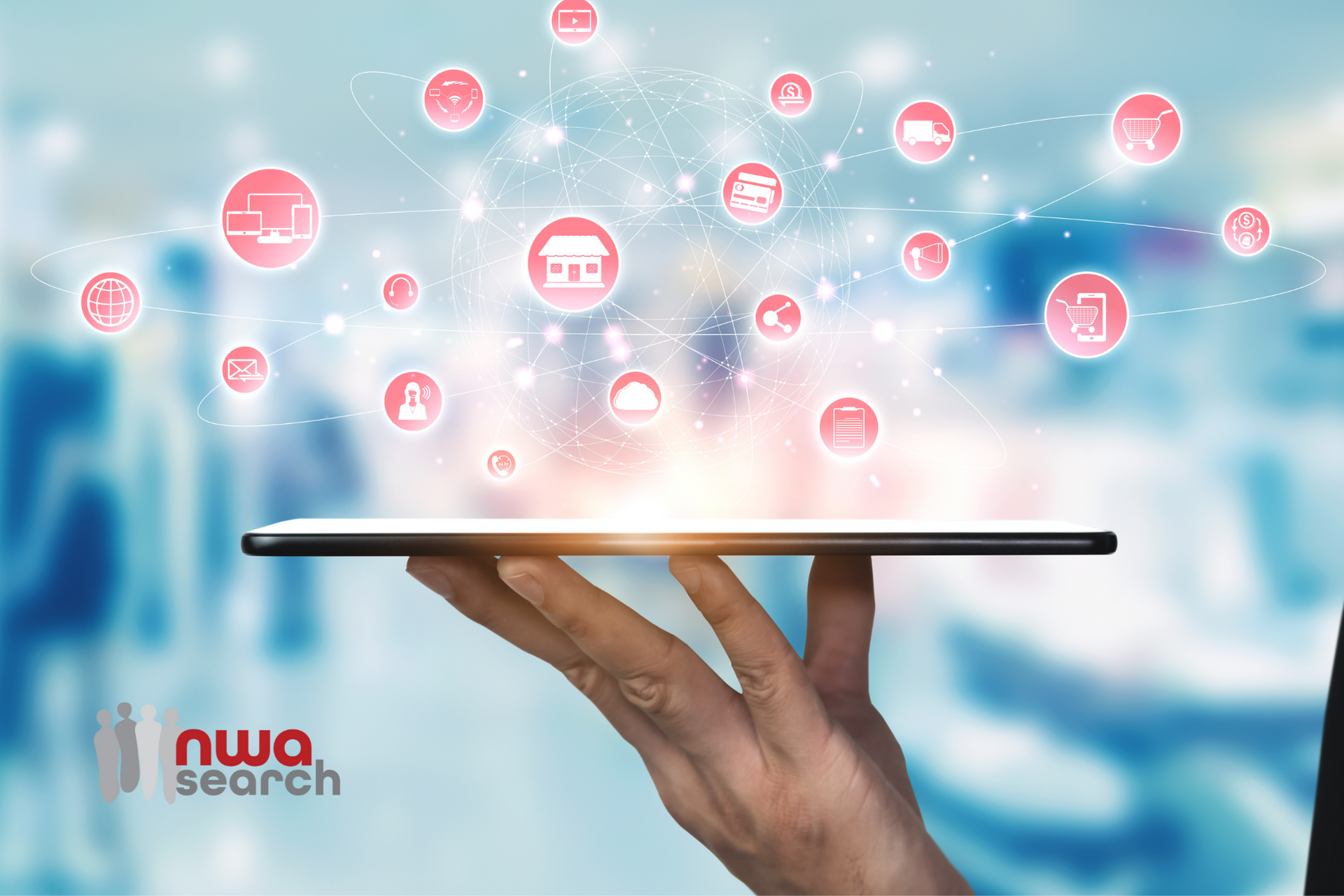The Importance of Cultural Diversity in the Workplace
The Importance of Cultural Diversity in the Workplace
By Jayson Darby | Thomas

Let’s face it, today’s business world is set on a global stage. Technology is just one factor that’s making our world smaller and giving companies of all sizes the freedom to recruit the best people, wherever they are. And as technology takes great strides into the future, the people who access it are jogging along in tandem.
Millennials are shaping the workplaces of today and the future. And the words on everyone’s lips is “cultural diversity.” It’s a trend that’s most definitely here to stay. But first, what exactly is cultural diversity?
For an actual definition, turn to The Oxford Dictionary. Here you’ll find it described as, “the existence of a variety of cultural or ethnic groups within a society” [1]. In other words, it’s a population where all differences are represented. From a business perspective, types of workplace diversity include, “race, ethnicity, age, ability, language, nationality, socioeconomic status, gender, religion, or sexual orientation” [2].
And with our political and worldwide backdrop, it’s imperative to understand what cultural diversity in business looks like. It’s not about tokenism and conforming to expectations.. From creating varied perspectives, to driving innovation, there’s a lot to be said for fostering this culture.
In this article, we’ll run through the importance of cultural diversity and its benefits. Designed as an expert guide to cultural diversity, we’ll answer those key questions. Through helping you improve understanding of this topic within your organisation and develop a guide on how to promote cultural diversity in the workplace.
What is cultural diversity?
Culture is what shapes us, it is the reason we have certain beliefs, influences how we behave and is what gives us our identity. Cultural diversity is the representation of different cultural and ethnic groups in society.
When talking about cultural diversity in the workplace, it is the inclusion of employees from different backgrounds, different races, different sexual orientations and different political views [3]. The term cultural diversity encourages an environment of inclusion, with representatives from a range of various backgrounds that come together to work as a team.
It’s easy to talk about the theory and definitions of cultural diversity, but when it comes to creating that within an organisation, it very much depends on the practices used during the hiring process.
Why is cultural diversity important?
We’ve touched on the idea of the benefits cultural diversity offers, but equality and diversity are something that hasn’t just received lip service within the media. There’s been extensive research into its positive effects and the importance of business inclusivity.
Studies looking at why cultural diversity is important give us solid stats to work from when thinking about its benefits. For instance, economically, research shows that the 43 most diverse public corporations were 24% more profitable than the S&P 500 [4]. Other studies show that almost 95% of directors agree that diversity brings unique perspectives [5].
Ultimately, workplace diversity and inclusion allow businesses to build teams that bring different viewpoints and talents to the mix, increasing innovation and driving higher revenues.
Types of workplace diversity
To get a deeper understanding of what cultural diversity looks like, you need to start with a rundown of different types of recognised workplace diversity.
We are all defined by characteristics that go beyond the basic HR capture forms. We could write an everlasting list with all the types of cultural diversity with this theory in mind.
In HR terms, there are a few primary types of diversity characteristics to bear in mind [6]:
- Gender – women make up a bigger percentage of the workforce than ever before. But there is still a gap in terms of fair pay and the percentage of women in leadership roles.
- Race and ethnicity – as ethnic and racial identities evolve, standardised forms with ethnic groups fail to hit the mark. By opening the conversation with employees and candidates on race and ethnicity, this goes a step towards improving cultural diversity.
- LGBT – the LGBT community includes a complex range of people in terms of backgrounds, experiences and challenges. To work towards eliminating discrimination, careful attention needs to be paid towards a strategy as an LGBT employer.
- Age – both younger and older workers can be discriminated against in terms of preconceptions. Through steps like opening apprenticeships to all ages and providing cross-generation mentoring programmes, these prejudices can be addressed.
- Workers with disabilities – disabilities can cover many differences, from the ability to form social relationships to physical disabilities. Part of this can be helped with a neurodiversity programme, as well as fighting against negative perceptions.
- Mental health – focusing on mental health along with workplace wellness support can combat a variety of issues, from absenteeism to behavioural problems.
- Neurodiversity – recognising and providing a supportive environment for those with neurological differences that include dyslexia, autism and Tourette’s helps organisations to celebrate differences and the benefits they can offer in well-matched job types.
- Thought style – different personalities and thought styles can enhance creativity if the individual and the role are well matched. In contrast, it can cause stress if ill-matched.
It’s worth noting that this is by no means an exhaustive list. To be truly diverse, researching and considering other differences from marital status, to education, language and accents, all come into the mix [7].
Six benefits of cultural diversity in the workplace
The benefits of diversity are long and varied. But here are our headline three benefits to fostering a culturally diverse policy in your organisation.
1. Cultural diversity helps develop and maximise skillsets
A culturally diverse workplace empowers people to develop their talents and skills. A range of ideas and expertise enables those to learn from a more diverse collection of colleagues.
It can also boost problem-solving capabilities and increase happiness and productivity. In an environment where all voices are heard, this spirit of innovation and encouragement to contribute can drive business success [8].
2. Cultural diversity improves the recruitment process
Surveys show that two-thirds of candidates cite diversity as an important consideration during a job hunt [9].
By developing a strategy for cultural diversity, you can broaden your appeal to prospective employees, and reach out to more high-level candidates across the globe.
3. Cultural diversity can help you to retain talent
Aside from attracting a broader talent pool in the first place, cultural diversity is the key to building the ideologies of respect between company and employee, and cooperation. In turn, this makes you a more attractive proposition to valuable candidates making you stand out in the marketplace.
4. Cultural diversity improves your teams creativity
Studies have shown the positive impact a culturally diverse workforce can have on a team and companies creativity. By bringing together people from different backgrounds you will see a more diverse series of solutions to issues and approaches to projects you might have.
A more diverse workforce allows you to bring new ways of thinking into the business that can be applied in many different ways. By listening to each employee's voice and way of thinking, a company will no longer be pigeon-holed in one direction.
A company that actively encourages diversity in the workplace will see more perspectives being discussed and more solutions being thought of than ever before. This can inspire employees to perform to the highest of their abilities.
5. Cultural diversity can help increase employee engagement
The best way to learn about other cultures and ethnicities is by talking to someone with that background. Research can only get you so far and has a far less personal touch. By communicating with someone with a different culture or background you not only gain first hand knowledge, you connect with someone directly.
Employees who engage with others about their background during lunches or out of hours drinks will feel better connected to a company, feel truly listened to and in turn engage further with their colleagues and the business.
Employee engagement helps build trust, starting from the very top and moving all the way down throughout the company. Engagement is always positive for the company, it can lead to greater motivation, collaboration and loyalty.
6. Cultural diversity will improve your company’s reputation
A company that employs people from all different types of cultures and backgrounds will be considered a good employer. This reputation amongst employees will elevate a company’s standing and attract more people to come and work there.
Your company’s reputation amongst its customers is one of the most important things. Customer service and reputation can be greatly improved through a diverse workforce, with different employees being able to assist customers in a more personal way thanks to shared experiences and understanding.
Examples of cultural diversity at work
The proof is there for the taking if you want to see just how effective cultural diversity in the workplace can be. Here are three of our favourite examples to give you some inspiration.
Johnson & Johnson
Top of the list in a few guides on the subject. Johnson & Johnson bring a true company-wide approach to cultural diversity. From using technology to eliminate gender bias, to training interviewers to recognise and combat bias during the hiring process.
With 4,000 languages available to users, Google brings a real-world solution to a global audience. This has been the driving force behind the company’s success. Their motto is inspiring, “never judge a search engine by its interface".
Kellogg’s
Ranked number 21 on Diversity Inc’s 2019 list [10], Kellogg’s has more women in leadership roles than the national average. A third more. And they promote benefits such as longer maternity pay.
How to manage and promote workplace diversity
As such a complex topic, there are naturally big challenges that come with developing a culturally diverse strategy in the workplace.
It is best to look at this from two different perspectives to help improve diversity, promote it and ensure the messages are being understood. It can be broken down into what the business can do and what the employees can do.
When it comes to what a business can do to manage and promote diversity across the organisation, strategies that can be implemented include:
- Boosting your cultural competency
- Encouraging and embracing different viewpoints
- Offering implicit bias training
- Promoting the use of mentors [11] [12]
Employees also have their own responsibility when it comes to managing and promoting diversity. For many, there will be opportunities to introduce colleagues to their culture and background and teach them what they should know and understand such as:
- Organising events celebrating their culture
- Volunteering in organisations that serve the needs of underrepresented groups, this can be done as a team building exercise
How to manage a culturally diverse team
Understanding that globalisation has caused the positive cultural chasms that have created culturally diverse teams is part of the equation that organisations need to face. With greater employee mobility and even more organisations now making the effort to develop virtual teams, coming across more diverse teams is only going to grow.
However, there are challenges when it comes to developing the right management structure and identity when it comes to building a culturally diverse team. A multicultural team is a team whose members originate from various countries and cultures. Naturally, these people speak different languages as well.
It’s things like language which are sometimes easy to identify as part of how to manage a diverse team, but it’s not always easy to understand how you can best do it.
We are going to take a closer look at the kinds of things you need to know when it comes to managing a culturally diverse team. The biggest caveat will depend on the structure/diversity within the team as to how widespread some of these issues will occur when managing your own team.
Encourage cultural sensitivity from the offset
You need to start the process of cultural sensitivity from the offset, it’s not something that you can ingrain later in the career journey for many. From hiring to onboarding, it’s important to make this a priority.
Understanding if a candidate is culturally sensitive during an interview is essential, especially in a large multicultural work environment. Another thing to promote is cross-cultural training in your on-boarding process. This will instil multicultural values right from the start and make it clear to new hires what is expected of them, as well as giving them the skills they need to work well in a multicultural environment.
Reinforce these values regularly. Have a clear company culture that respects diversity and communicates it often.
Consider and accommodate different cultural habits and requirements
A multicultural workplace should focus on bringing together culturally diverse needs that are directly related to work, but also more broader needs and habits.
Think of things like food provided in the staff canteen or at work events that are culturally inclusive i.e. vegetarian and halal options. You may even want to consider quiet rooms for prayer or meditation to match cultural needs.
Consider different communication styles
There really is no one-size fits all approach when it comes to better managing culturally diverse teams. Importantly, different cultures have different ways of communicating, and your style of communication may not be the best appreciated by some.
That’s why you have to understand that there may be different communication styles in order to better manage people and the situation you may also find yourself in. It’s easier to try and learn the basics in different verbal and non verbal cues, or the use of phrases which can help in putting a point across or understanding if there are difficulties.
Plan around time zone differences
This is going to apply to the teams who work virtually and around the world but, remembering that different people are in different time zones is essential. It could be that you’re based on the west coast of the United States working with Europe. When they are about to log off for the day, you may be starting. Understanding the time differences can help you better achieve your goals.
Another thing to consider is if you’re working with teams who follow strict religious code and may be at prayer when you want them to work or have scheduled a meeting. Get a timezone application to help you better plan your working days with teams around the world.
Organise suitable training
The purpose of this type of training is to overcome cultural challenges at the office. This is a good way to get people to get to know each other and educate themselves about various cultural beliefs.
This training should highlight:
- How to minimise the culture barriers
- How to avoid stereotypes and prejudices
- How to appreciate your own and the skills of other cultures
- How to improve your social skills
- How to become a better listener
- How to aim your attention on common principles rather than differences
- It is important to keep this training bespoke to the needs of the team.
Avoid stereotypes
It is sometimes a bit too easy to get confused between cultural differences and stereotypes.
Understanding how people behave and respond in a business environment is essential, especially when there are clear differences but making vast generalisations is counterproductive.
To avoid stereotyping, become acquainted with every team member and get to know them on an individual level. You will realise culture shapes behaviour but ultimately does not dictate it.
Approach feedback sensitively
Being able to provide your team with honest and constructive feedback is essential part of leadership and management duties. Your colleagues deserve to know the truth about the quality of their work, be it positive or negative.
Honest feedback for a multicultural team is essential however, it needs to be done with a level of understanding. Different cultures and nationalities respond to feedback in different ways. Some cultures may find that constructive feedback can feel negative whilst others, like American culture will be positive verbally whilst negative in a written manner.
Understanding these differences can contribute to better feelings overall when managing different cultures and staff.
Cultural diversity in the workplace challenges
It’s not always an easy road to creating a culturally diverse workplace. While different companies will experience their difficulties along the way, there are some common themes to watch out for.
They include preconceptions from underrepresented cultures on being marginalised, misinterpretation across cultures and languages, the intricacies of employment law, and conflicting working styles and etiquette [13].
References:
- https://www.lexico.com/en/definition/cultural_diversity
- https://www.thebalance.com/cultural-diversity-3306201
- https://www.lexico.com/en/definition/cultural_diversity
- https://www.thebalance.com/cultural-diversity-3306201
- https://www.forbes.com/sites/forbescoachescouncil/2019/09/13/the-benefits-of-cultural-diversity-in-the-workplace/#68f8988671c0
- https://www.allegisgroup.com/en-gb/insights/blog/2018/april/workplace-diversity-types
- https://builtin.com/diversity-inclusion/types-of-diversity-in-the-workplace
- https://www.hult.edu/blog/benefits-challenges-cultural-diversity-workplace/#creativity
- https://www.glassdoor.com/about-us/twothirds-people-diversity-important-deciding-work-glassdoor-survey-2/
- https://www.diversityinc.com/the-2019-top-50-diversityinc/
- https://www.bentley.edu/news/7-ways-promote-diversity-workplace
- https://www.hult.edu/blog/promoting-diversity-in-workplace/
- https://www.hult.edu/blog/benefits-challenges-cultural-diversity-workplace/#talent










